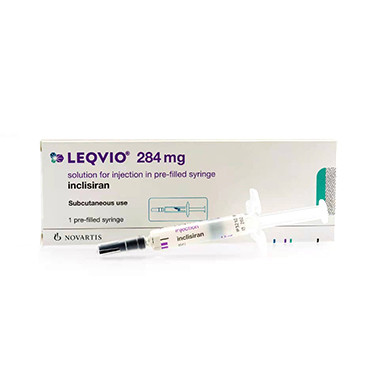What Are the Contraindications and Precautions for Inclisiran?

What Are the Contraindications and Precautions for Inclisiran?
Inclisiran is a medication used to treat hypercholesterolemia or dyslipidemia, as it helps lower low-density lipoprotein cholesterol (LDL-C) levels. For patients using Inclisiran, understanding and adhering to its contraindications and precautions is crucial to ensure the drug's safety and efficacy. Below are key considerations when using Inclisiran.
1. Contraindications for Inclisiran
Inclisiran should not be used in the following cases:
Patients with a hypersensitivity to Inclisiran or any of its ingredients.
Pregnant women, those planning pregnancy, or breastfeeding mothers.
Patients under 18 years of age.
2. Follow the European Medicines Agency (EMA) Guidelines
Before using Inclisiran, it is essential to adhere to the European Medicines Agency (EMA) guidelines. These guidelines provide detailed recommendations on treating hypercholesterolemia or dyslipidemia, including dosage, route of administration, and monitoring requirements.
3. Develop a Treatment Plan with Your Doctor
Before starting Inclisiran, you should work with your doctor to create a personalized treatment plan. Your doctor will evaluate your medical history, current health status, and other ongoing medications to ensure Inclisiran is suitable for your condition and to minimize potential risks.
4. Regular Monitoring of Efficacy and Side Effects
During treatment, your doctor will conduct regular blood tests to monitor Inclisiran’s effectiveness and safety. These tests may include checks on cholesterol levels, liver function, and other relevant indicators. If you experience any adverse reactions (e.g., headache, nausea, muscle pain), inform your doctor immediately.
Conclusion
Inclisiran is a medication used to treat hypercholesterolemia or dyslipidemia. Before using it, patients must be aware of its contraindications and follow all precautions to ensure safe and effective treatment. Close collaboration with your doctor, adherence to EMA guidelines, and regular monitoring of treatment effects and side effects are key to successful therapy. Be attentive to any bodily changes and communicate promptly with your doctor to adjust the treatment plan if necessary.

